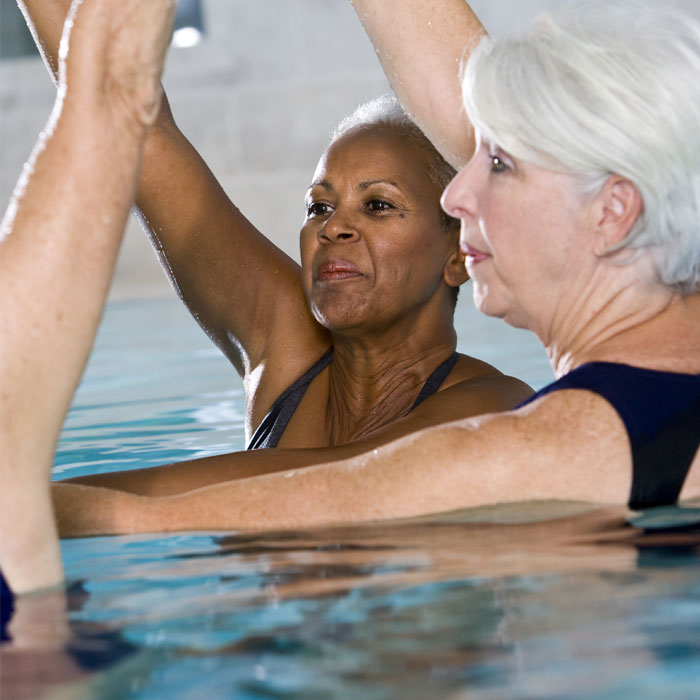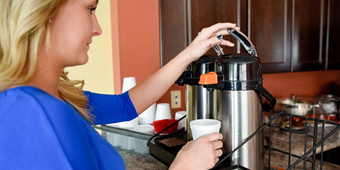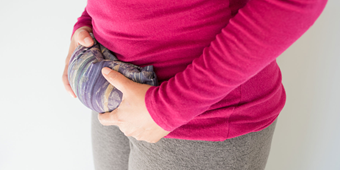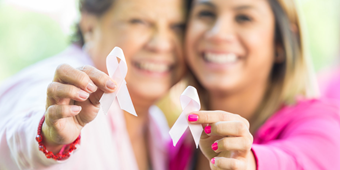How to Keep Going When You “Gotta Go”

Find Your Perfect Match
Answer a few questions and we'll provide you with a list of primary care providers that best fit your needs.
You’re busy with family, work, travel, fun. Don’t curtail the life you love because you’re embarrassed or afraid you won’t be able to control urine leakage. Whether at the office, working out at the gym or on the road, you can control or even eliminate symptoms by making changes in your lifestyle and behavior.
Female Pelvic Medicine and Reconstructive Surgeon Jerome Yaklic, MD, OB/GYN, Wright State Physicians Obstetrics & Gynecology, talks about the relationship between urinary incontinence and quality of life.
Click play to watch the video or read video transcript.
What helps:

- Drop the extra weight: If you are overweight, losing as little as 5 to 10% of your total body weight can cut your incontinence episodes in half. That’s because you put less stress on your pelvic floor when you are at a healthy weight.
- Control your fluid intake: How much fluid you should drink depends on your symptoms. For urinary incontinence, cutting back can mean fewer trips to the bathroom. However, if you are constipated, more fluids are typically recommended.
- Watch your diet: Cut down on bladder irritants like caffeine, which is found in coffee, tea, chocolate, cola, energy drinks and artificial sweeteners. These foods can cause bladder muscle spasms, triggering a sudden need to urinate. Fortify your diet with fiber to avoid constipation. If needed, use a stool softener.
- Fine-tune your physical activity: Being active helps you maintain your weight and keeps bowel movements regular. Ask your doctor about high-intensity workouts, which can put excessive pressure on your pelvic floor.
- Don’t smoke: The risk for pelvic floor disorders doubles for women who smoke.
Also consider:
- Pelvic floor muscle exercises (Kegels): Repeated studies show that learning how to control and strengthen the pelvic floor muscles can help reduce or even eliminate urine leakage. If you have mild to moderate symptoms, check out these exercises.
- Bladder Retraining: Going to the bathroom on a regular schedule – for example, every two-and-a-half to three hours – can help decrease leakage. It may take a few months, but the rewards are worth the investment.
Dr. Yaklic explains the importance of Kegels, pelvic muscles that aid bladder control.
Click play to watch the video or read video transcript.
You can control or even eliminate symptoms by making changes in your lifestyle and behavior.
Products to help manage your symptoms with ease:
- Pantiliners: These thin, discreet disposable liners help keep you dry and confident, especially during high-risk activities like exercise.
- Pads: Incontinence pads can be disposable or reusable. Typically, they can hold about eight ounces of urine. An absorbent layer keeps you dry, and the moisture barrier protects furniture and mattresses.
- Briefs: Incontinence briefs look like underwear — some are even lacy and come in different colors. With a waterproof liner and built-in pad, they hold about 10 ounces of fluid.
- Plastic pants: For mild to moderate leaks, consider wearing over your underwear to protect your clothing as well as furniture and mattresses.
- Adult diapers: Generally disposable, they come in a variety of styles, colors and sizes.
Be sure to talk with your doctor for more information on ways to manage urinary incontinence.
Find Your Perfect Match
Answer a few questions and we'll provide you with a list of primary care providers that best fit your needs.
Source: Jerome Yaklic, MD, OB/GYN, Female Pelvic Medicine and Reconstructive Surgeon, Wright State Physicians Obstetrics & Gynecology; American Urogynecologic Society




